



1761 The

is built for George III.


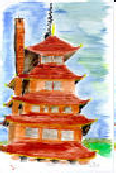

The English architect Sir William Chambers
builds the pagoda in Kew Gardens in 1762.

1766 John Spilsbury (1739-
maps of Europe can be seen at York Castle Museum.
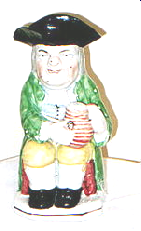
1761 The Reverend Francis Fawkes (1721-
From around 1763 pit ponies are used down the coal mines for the first time.

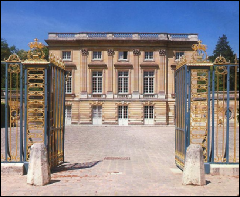
1764 The French architect Jacques-

1765 Potatoes becomes the most
popular food in Europe.


False teeth
come into use
around 1770.

In 1770 an opal nearly 3000 carats is found
in Hungary.

In 1775 work is completed on the Royal Crescent in Bath, England, designed by the English architect James Wood the Younger.
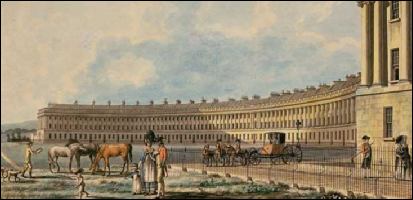
The first edition of the Encyclopedia Britannica is published in 1771.
1778 marks the opening of the La Scala opera house in Milan. It was built by Maria Theresa, Archduchess of Austria on the site of the church Santa Maria della Scala -
In 1779 Pope Pius VI finances a scheme to drain the Pontine Marshes south-
1780

A newspaper publisher Robert Raikes (1736-
G3a-
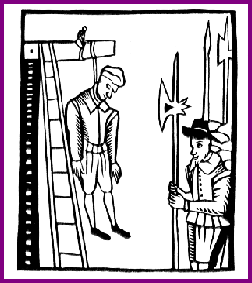

The last execution takes place at Tyburn in 1783. Known as
the “King’s Gallows” or “ Tyburn Tree”, Tyburn was situated
near to present-
took place in 1196, and most were for sedition or treason.
Incidentally, Tyburn gave rise to two popular sayings. On the way to the gallows a stop was made at an ale house to let the condemned man have his last drink – “one for the road”. One of the guards had to stay outside and look after the wagon. He didn’t have a drink because he was “on the wagon”!
Acknowledgements
Le Petit Trianon: date and photographer unknown. Licensed under Creative Commons – https://commons.wikimedia.org. Royal Crescent: 18th century, artist unknown – http://www.unique hotels.com/the-



